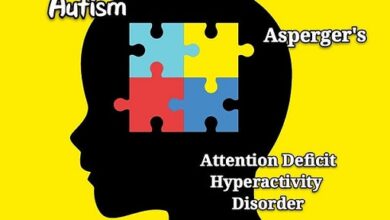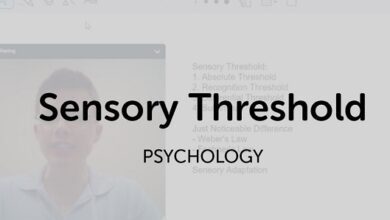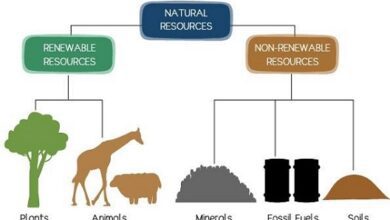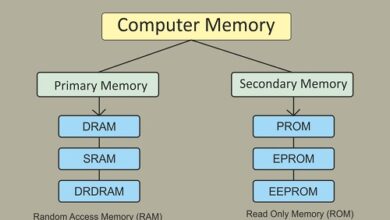Goals of physical education with aims and objectives of PE
The goals of physical education are to develop students’ physical competence and knowledge of movement and safety, as well as their ability to use these in a wide range of activities related to the development of an active and healthy lifestyle.
It also builds students’ confidence and general skills, especially those in collaboration, communication, creativity, critical thinking, and aesthetic appreciation. These, together with the promotion of positive values and attitudes in physical education, provide a good foundation for students’ lifelong learning.
Physical education is a course focused on developing physical fitness in youth. Like music or math, this is a required course in elementary and high school. Most of the time, it is also required in college.
A major goal of physical education is to promote effective interpersonal skills, as they are essential for participation in meaningful and satisfying relationships in family, school, recreation, work, and community contexts.
Interpersonal skills such as assertive communication, negotiation, conflict resolution, cooperation, and leadership enable students to act responsibly and effectively contribute to groups and teams.
To understand physical education, we need to understand the skills it seeks to promote, what are its main goals for improving a person:
- Cardiovascular fitness This is your heart and lungs‘ ability to provide the oxygen your body needs for its daily tasks.
- Strength This is the amount of physical force that a muscle or group of muscles can use against a weight or resistance.
- Endurance It is the ability of a muscle or group of muscles to repeat movements or maintain a position for a given period of time.
- Flexibility Refers to the body’s range of motion. Pilates, yoga, and gymnastics help promote this particular component of fitness.
- Body Composition Refers to the ratio of the body’s fat component versus its lean body mass.
Objectives/goals of physical education
- Understand the content of physical education and the disciplinary concepts related to the development of a person with physical education.
- Manage knowledge of how people learn and develop and can provide opportunities that support students’ physical, cognitive, social and emotional development.
- Differentiate each person’s ways of learning into their own learning approaches and create appropriate instruction tailored to these differences.
- Motivate individual and group behavior by creating safe learning environments that promote positive social interaction, active engagement in learning, and self-motivation.
- Develop effective verbal, non-verbal, and media communication techniques to enhance learning and participation in physical activity settings.
- Promote the physical, cognitive, social and emotional development of students.
- Evaluate the effects of your actions on others (eg students, parents/guardians, professional colleagues) and look for opportunities to grow professionally.
- Use information technology to enhance learning and improve personal and professional productivity.
- Foster relationships with peers, parents/guardians, and community agencies to support the growth and well-being of the entire community.
- Appreciate and understand the value of physical education and its relationship to a healthy and active lifestyle.
- Work at your ideal fitness level.
- Become aware of movement as a creative medium connected to communication, expression and aesthetic appreciation.
- Develop the fine motor skills needed to successfully participate in a variety of physical activities.
- Enjoy and feel satisfaction through physical activity.
- Develop soft skills that demonstrate the importance of teamwork and cooperation in group activities.
- Demonstrate a high level of personal interest and commitment by demonstrating initiative, enthusiasm and commitment.
- Demonstrate the ability to critically reflect on physical activity in a local and cross-cultural context.
- Work cooperatively.
- Apply tactics, strategies and rules in individual and group situations.
- Demonstrate an understanding of principles and concepts related to a variety of physical activities.
- Understand the importance of physical activity for a healthy lifestyle.
- Remember and understand the various components that contribute to fitness-related health.
- Show the acquired motor skills needed to perform a variety of physical activities.
- Use movement concepts appropriately in relation to yourself, others and your physical environment.
- Effectively apply health and fitness principles through a variety of physical activities.
- Respect yourself in addition to your social and physical environment.
- Demonstrate the ability and enthusiasm to pass on the knowledge, skills and techniques learned to others in the community.
- Support and encourage others, enabling a positive work environment where no one feels pressured, on the contrary, where everyone is comfortable.
- Develop attitudes and strategies that improve your relationships with others, both in the school environment and in the social environment of the community.
- Show knowledge and understanding in a variety of physical activities and evaluate your own actions and those of others.
- Show sensitivity to your own and different cultures, always respecting other people’s opinions.
- Show initiative, creativity and willingness to improve, start forming your own ventures to improve health.
- Take responsibility for your own learning process and demonstrate commitment to the activity by showing enthusiasm and commitment.
- Show self-motivation, organization and responsible behavior.
- Understand and use various training methods, analyzing what best suits your own physical characteristics.
- Evaluate individual levels of fitness components to learn where to place more emphasis on exercise.
- Recognize, analyze and evaluate the effects of a variety of physical activities on yourself and others.
- Reflect and evaluate your own performance to set goals for future development.
- Define the various components of health and fitness, for a good development of physical activity.
- Recognize the physical and mental benefits of increased physical activity, both in body and mind.
- Understand anatomy, basic biomechanical principles, and community was welcomed with affection by its members. To distinguish himself from the others, the neophyte wore white clothing. In Christian religious terminology.
- Determine developmental factors, fitness levels, and training strategies.
- Examine the effect of nutrition, rest, and other lifestyle factors that contribute to improved health.
- Apply the fundamental skills learned.
- Use physical activity as a tool to manage stress.
- Empower yourself by setting and working toward realistic individual goals.
- Participate in a motivating and nurturing environment that results in a greater sense of well-being and self-esteem.
- Engage in active learning to spur continued research in physical education, health and fitness.
- Create a plan based on safe, progressive, methodical, and efficient activities to improve improvement and minimize the risk of injury.
- Identify common health and fitness myths, along with trends related to the evolving nature of physical education.
- Develop an appreciation of physical activity as a lifelong pursuit and a means to better health.
- Develop muscular strength, endurance, flexibility and agility, all through the correct exercises, suitable for age, gender and physical structure.
- Improve heart health and, with aerobics, lung capacity.
- Work as part of a team, showing them how to work together successfully to achieve a goal.
- Promoting a sense of fair play, as well as an awareness and sensitivity towards others, creates friendly sports lovers where the rules are respected and no traps are made.
- Learn how to correctly and safely perform the necessary stretching before starting any type of training.
- Improve the sense of responsibility, not only in school tasks, but also in well-being, as physical education seeks to increase self-esteem through the progressive improvement of physical condition, which implies a greater knowledge of how the person himself works on the body, from metabolism to ideal hours of physical activity.
- Through participation in classroom interactions, work practices, sports, recreational activities, and other physical activities, students develop and practice these skills. Students who possess strong self-management skills are better able to identify and avoid potential health risk, improve their mental health and well-being, and plan for their future.




